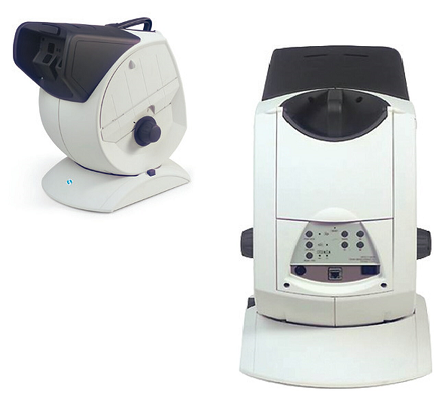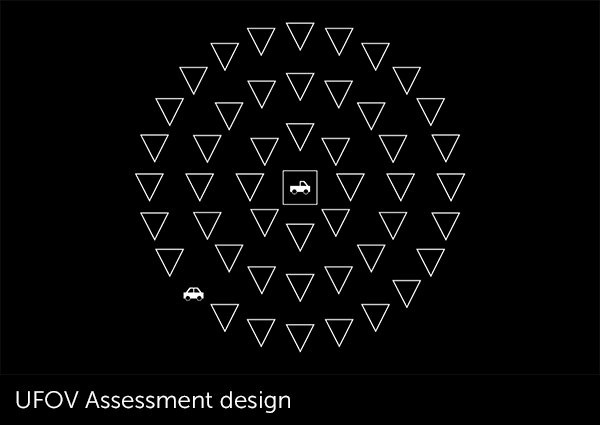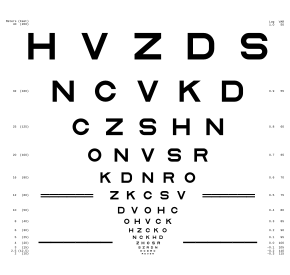Driving Research and Simulation Laboratory
- Address
- Rooms 444 & 445, Health Sciences Building, B-Wing
About
The Driving Research and Simulation Laboratory (DRSL), directed by Dr. Alexander Crizzle, contains state-of-the-art driving simulators (car and a commercial motor vehicle) to study the impact of technology, rehabilitation, road design (e.g., intersections, roundabouts, bicycle lanes), and training. The DRSL also uses PTV microsimulation software to inform urban planning and road safety measures, and virtual reality for training purposes. The DRSL also has a full battery of clinical assessments (e.g., vision, cognition and motor tests). In addition, the DRSL also focused on issues related to alternative transportation, environmental applications (e.g., truck stops), and technology development (e.g., app creation).
All inquiries regarding the DRSL can be made to Dr. Alexander Crizzle at alex.crizzle@usask.ca or 306-966-2773.
Car simulator
With 180 degrees visual angle, plus monitors to simulate a driver's blind spots, the Car Simulator offers an immersive, true to life driving experience. The simulator models realistic handling using a single-person cockpit with the genuine look and feel of sitting in a car, including a motion platform to approximate the movement you would experience in an actual vehicle.
Road conditions can be altered to include weather events such as rain, snow, ice, and wind. Scenarios are customizable to give researchers the absolute control over the simulated experience to replicate hazardous situations and measure a variety of driver responses such as speed, acceleration, lane position, brake response time, brake pressure, and more.
Commercial motor vehicle simulator
Other lab tests
In addition to the driving simulators, the lab has equipment to test vision and cognition.

The OPTEC 5000P allows for monocular, binocular, and peripheral vision screening, with near, far, and intermediate distance.

The Useful Field of View (UFOV) tests how much information people can gather at a glance without moving their head or eyes with increasingly difficult tasks.

The Pelli-Robson test measures a person's contrast sensitivity, which is the ability to differentiate between areas of light and dark.

ETDRS measures visual acuity, determining if people can read text at an appropriate distance or if they need their vision corrected by lenses.
Funding




